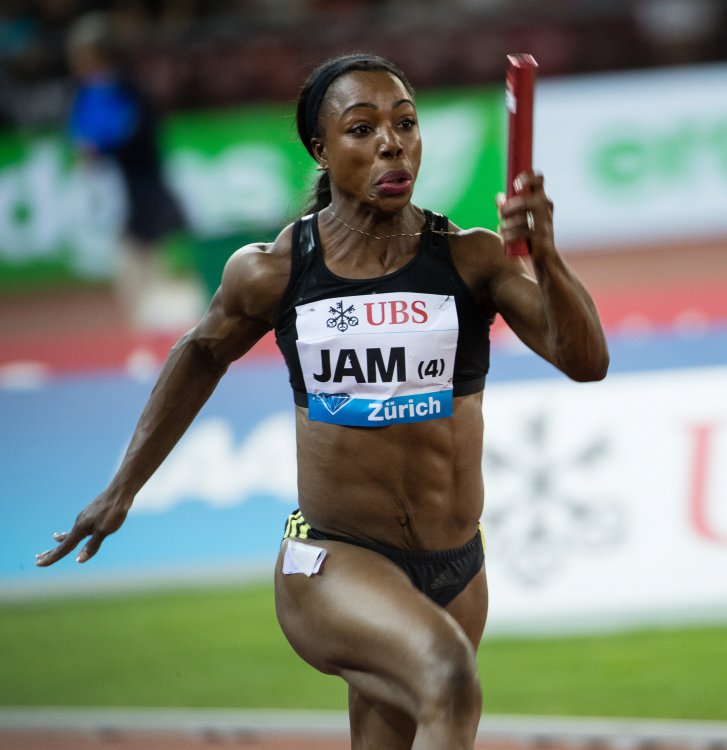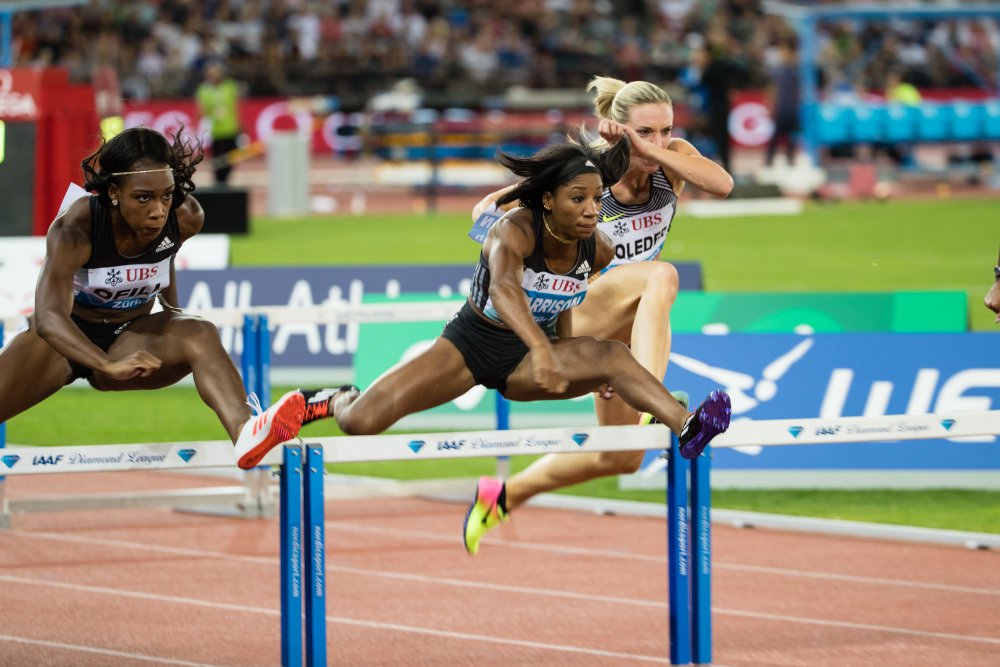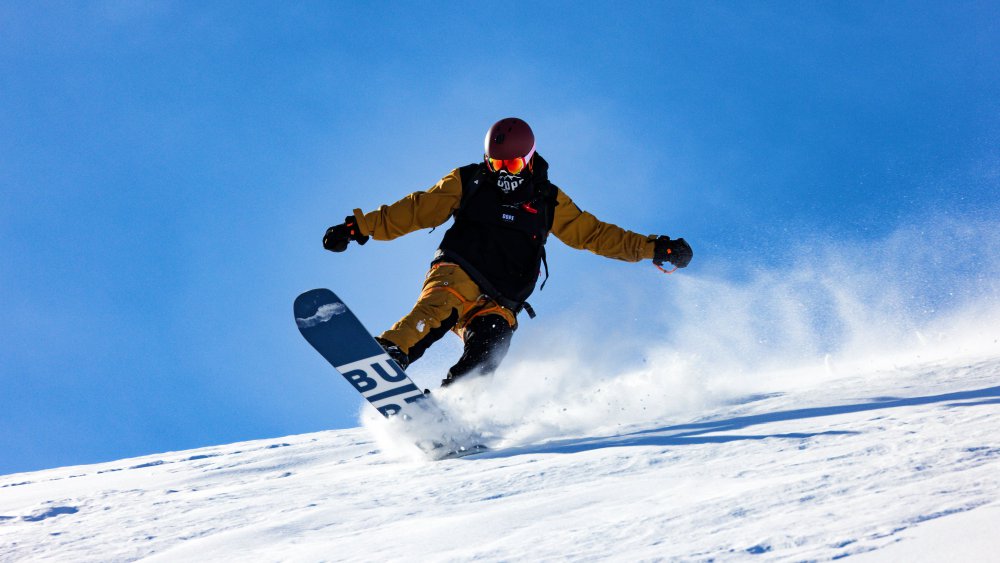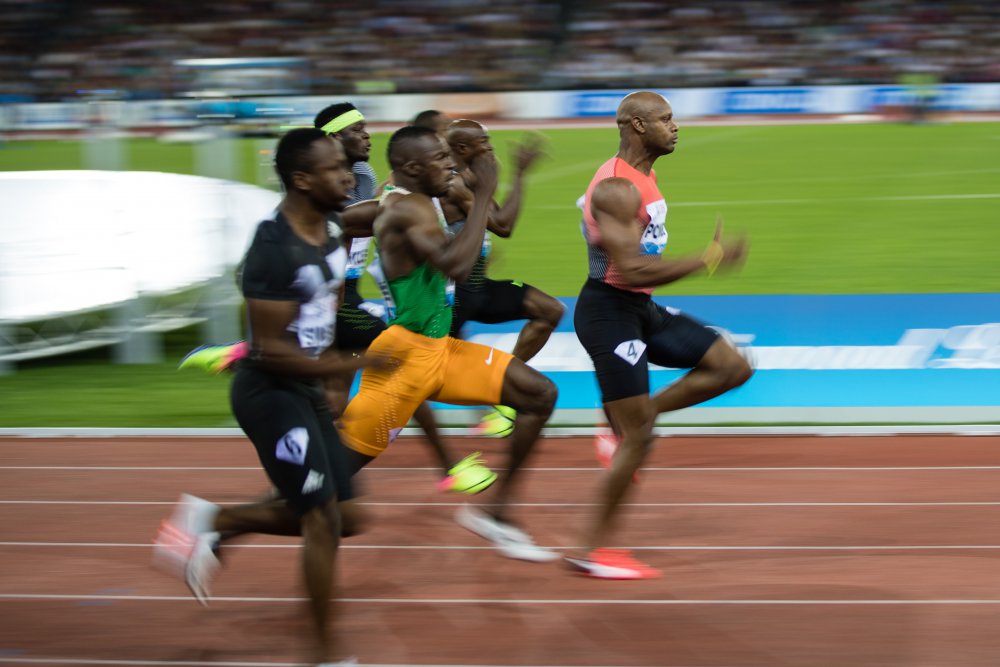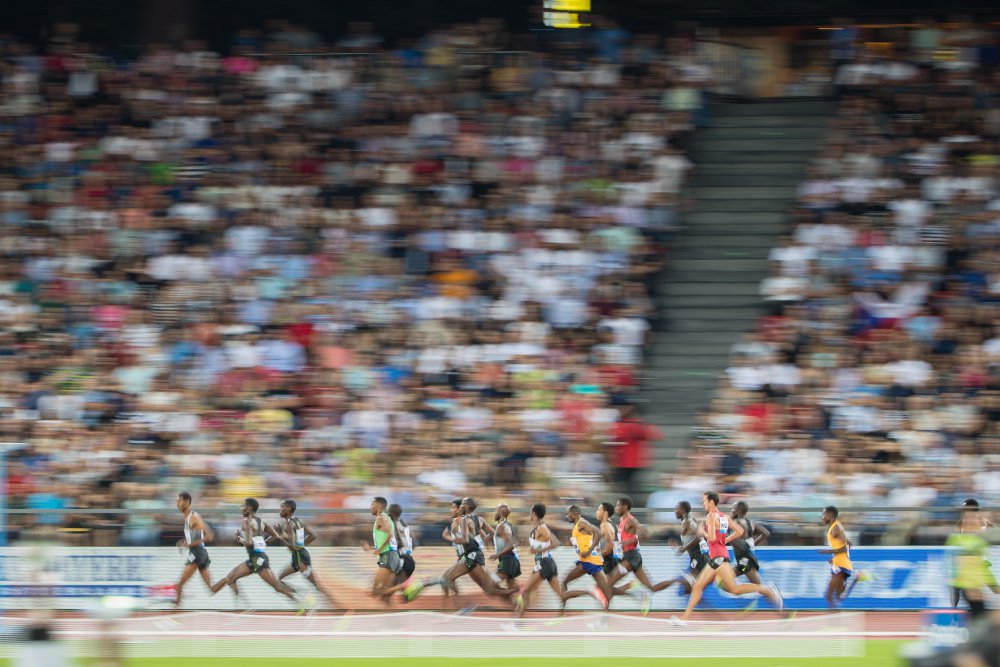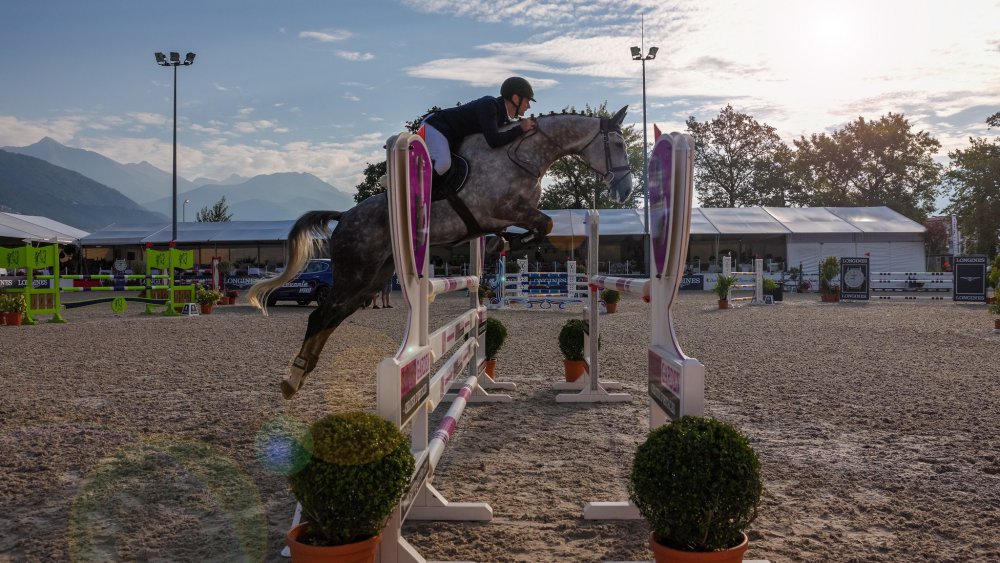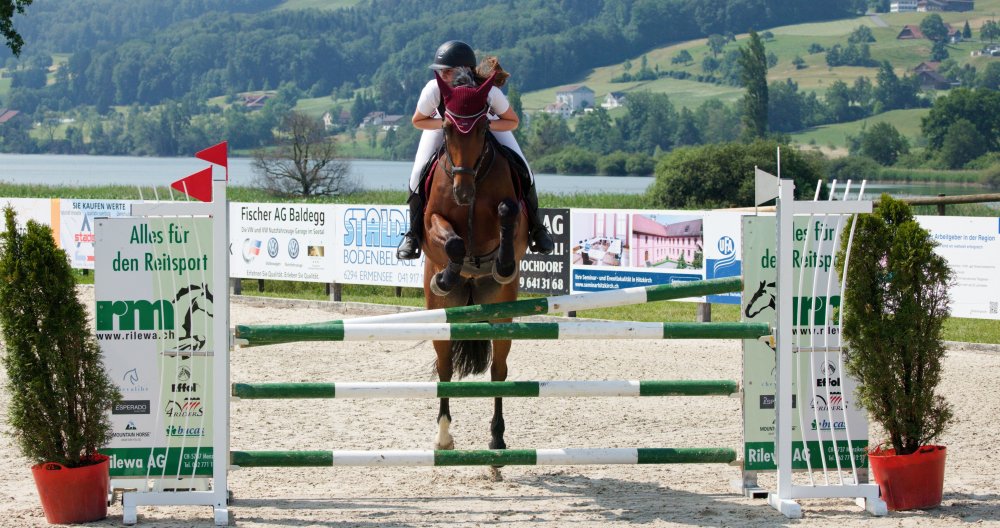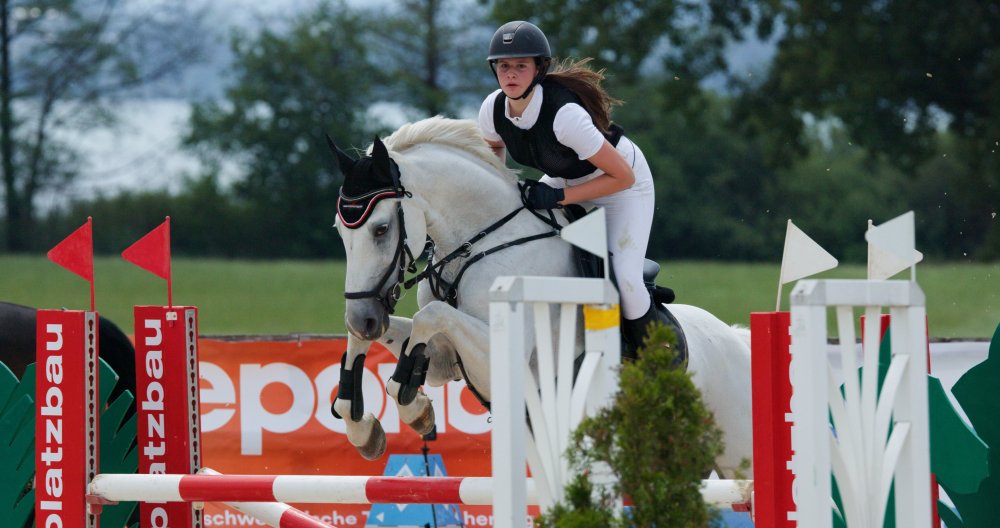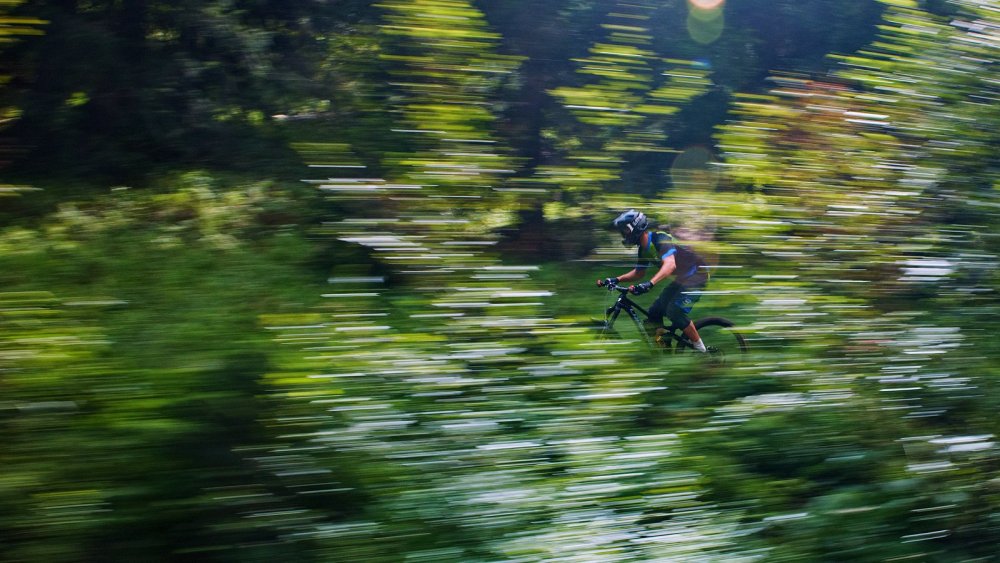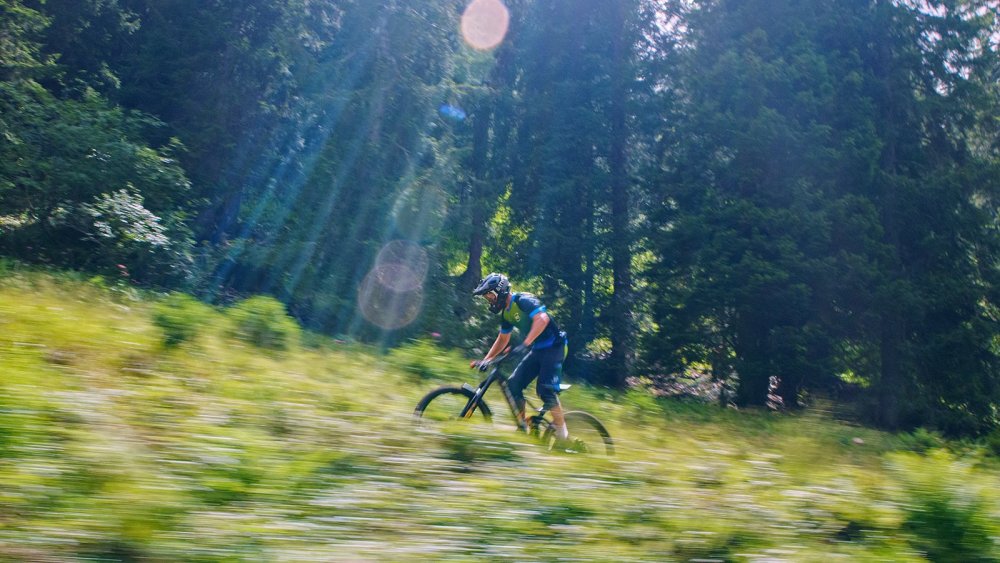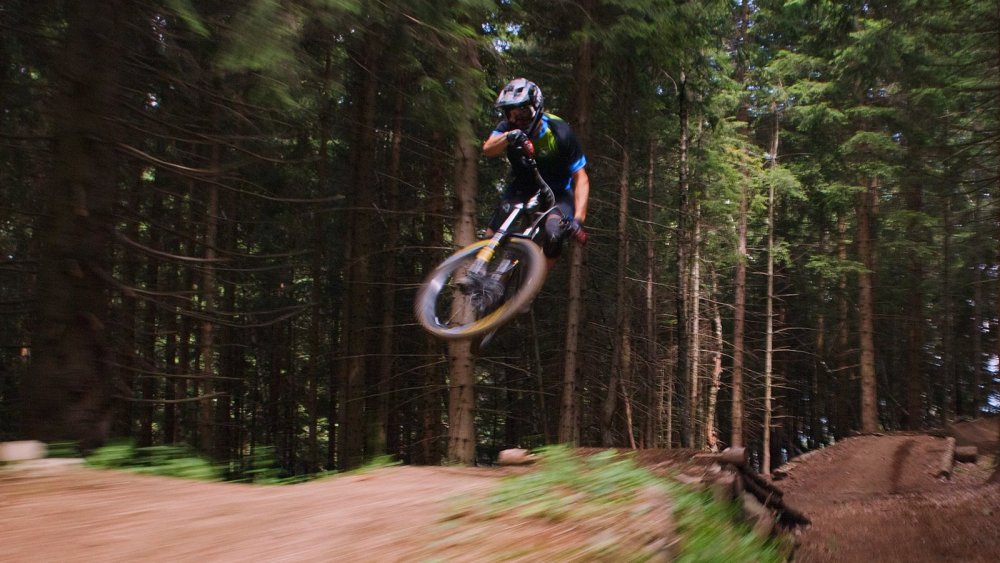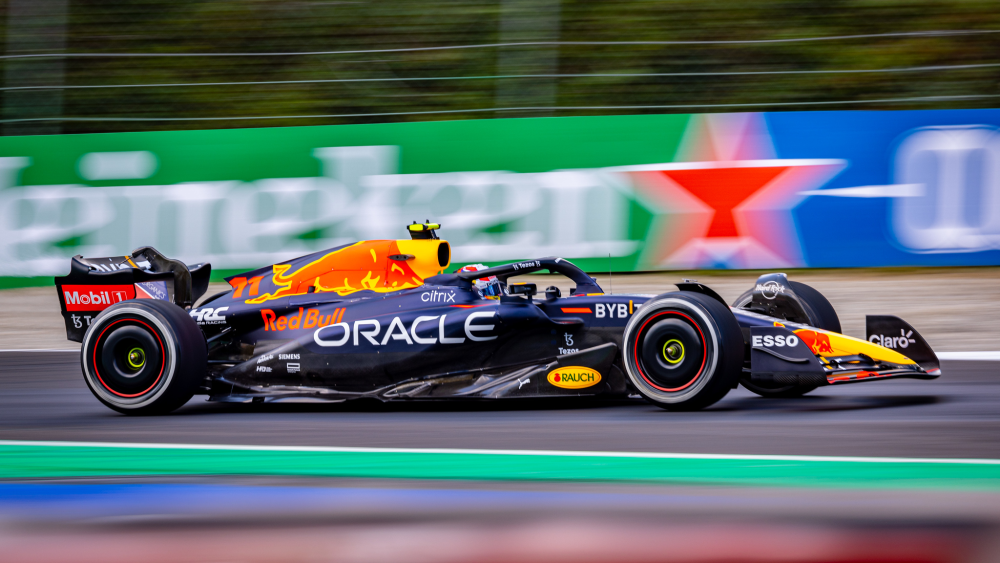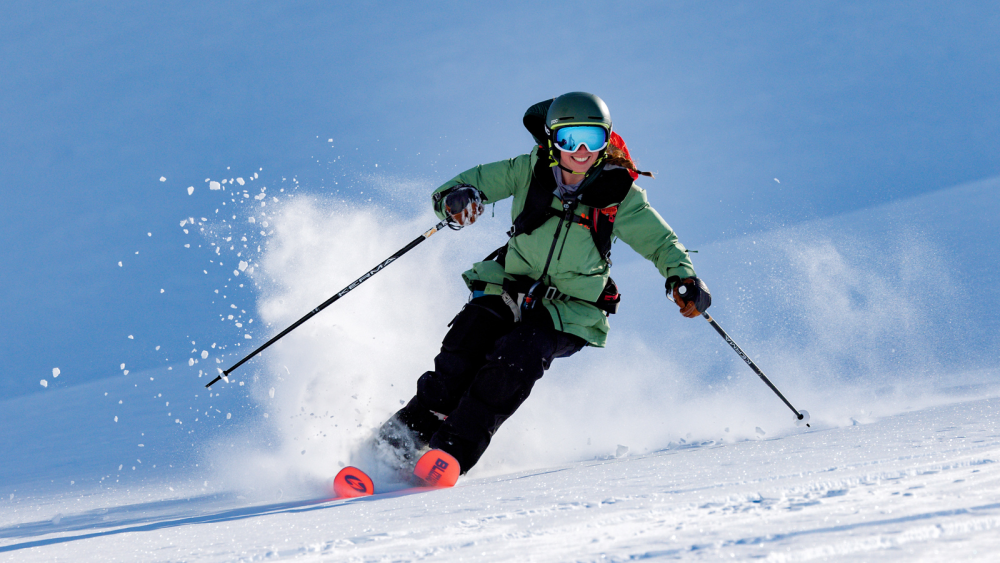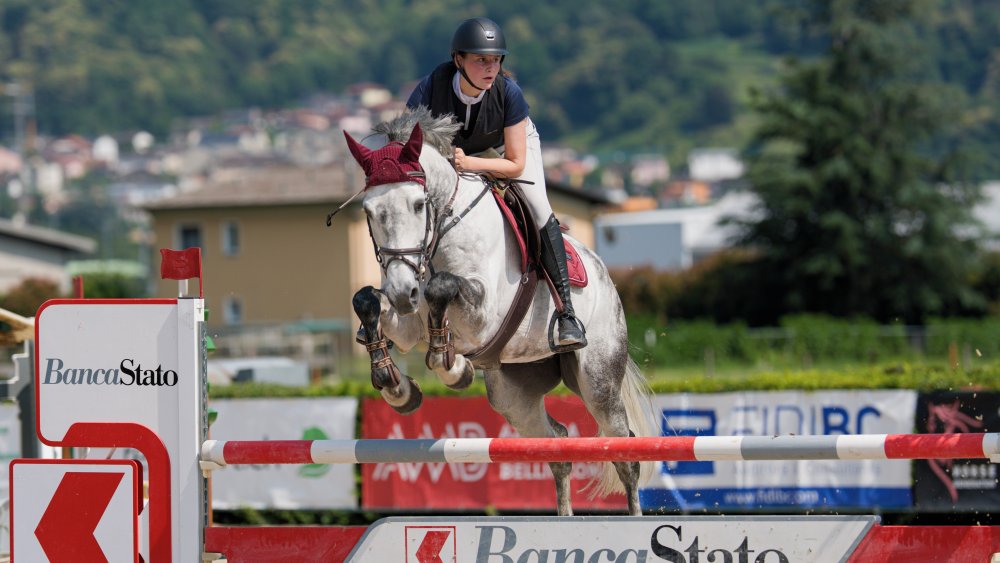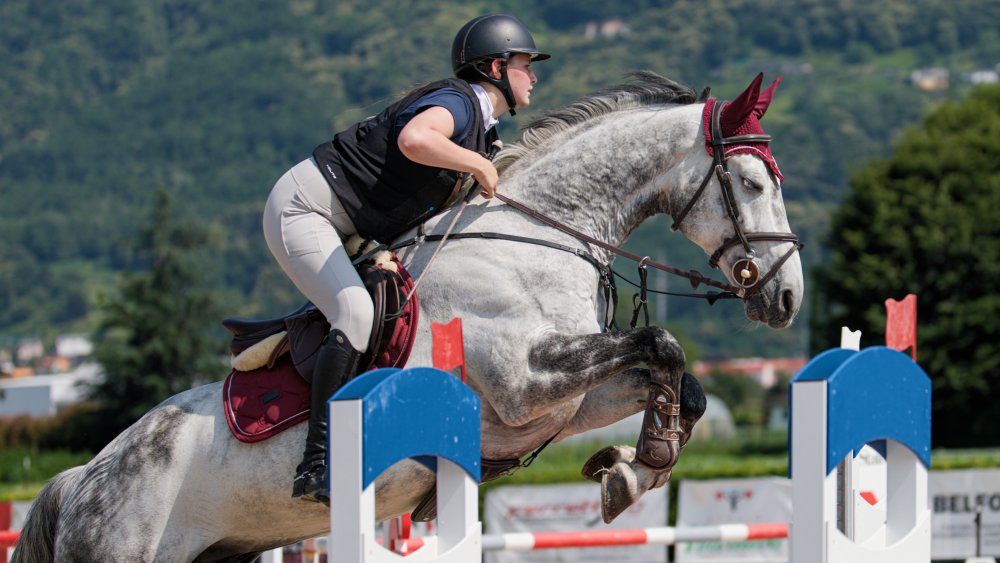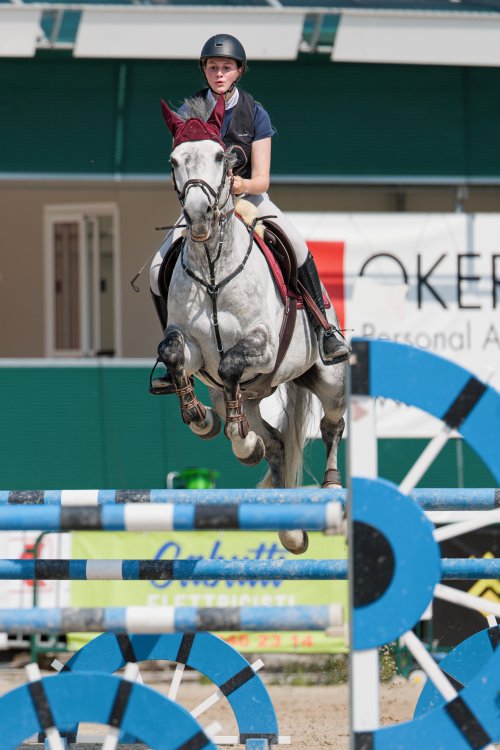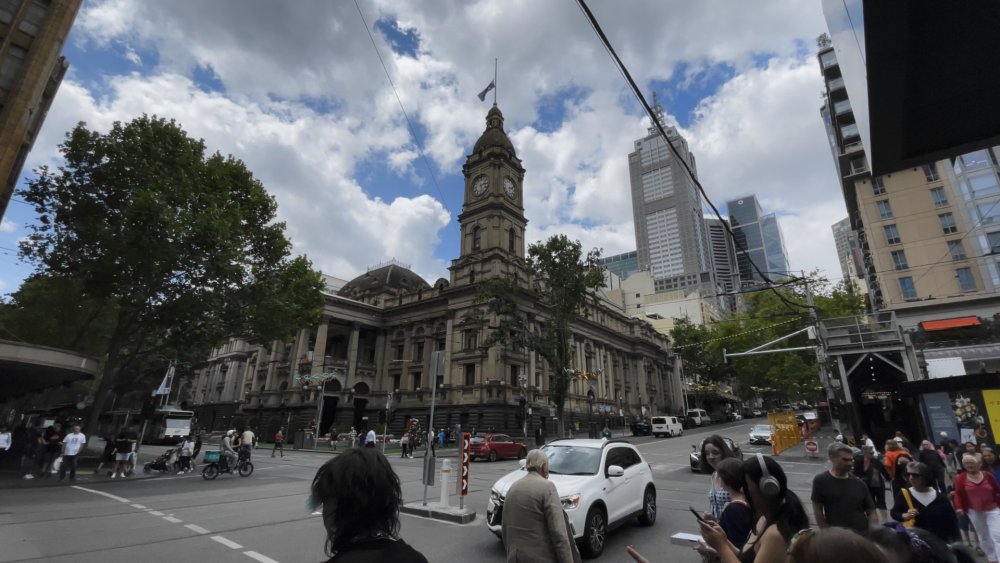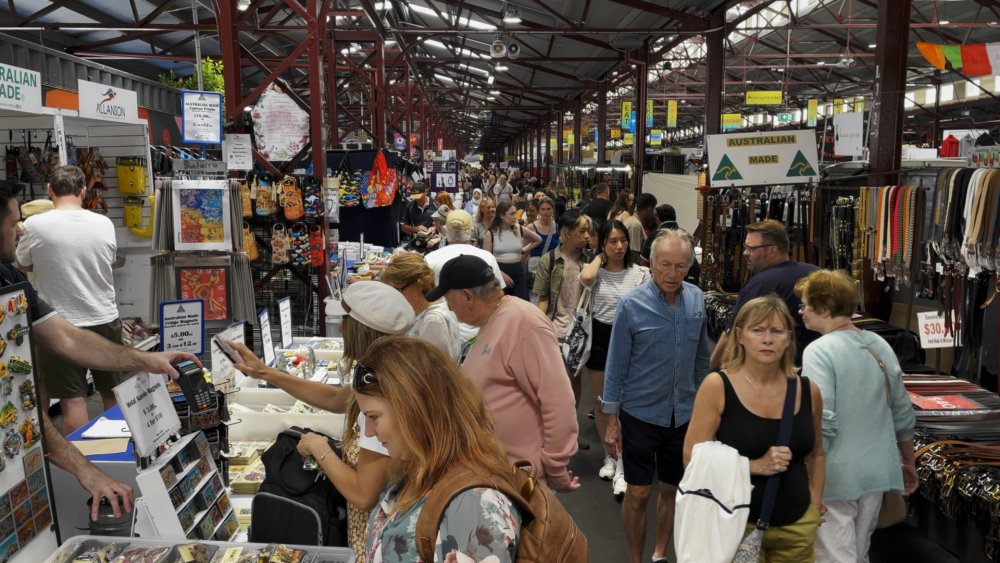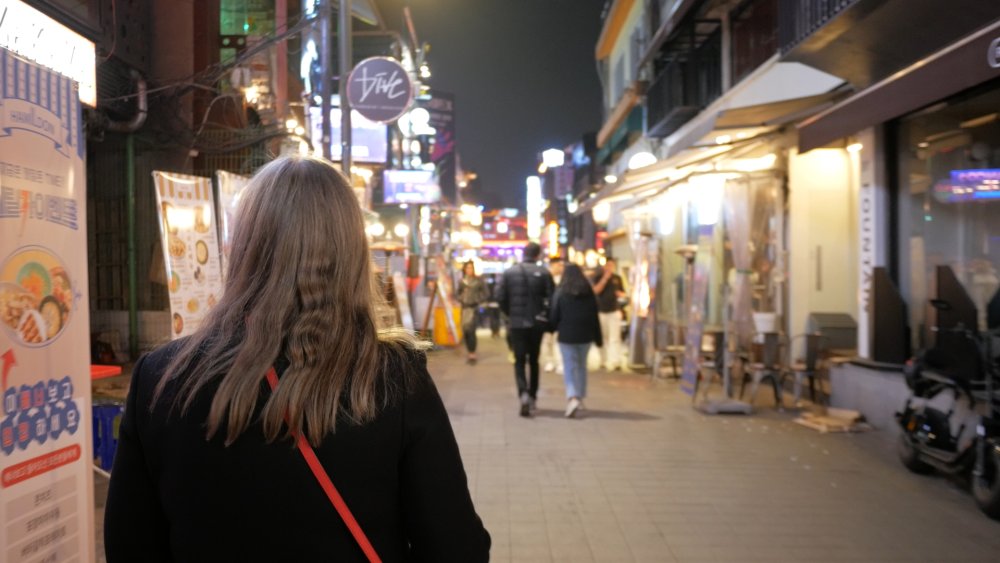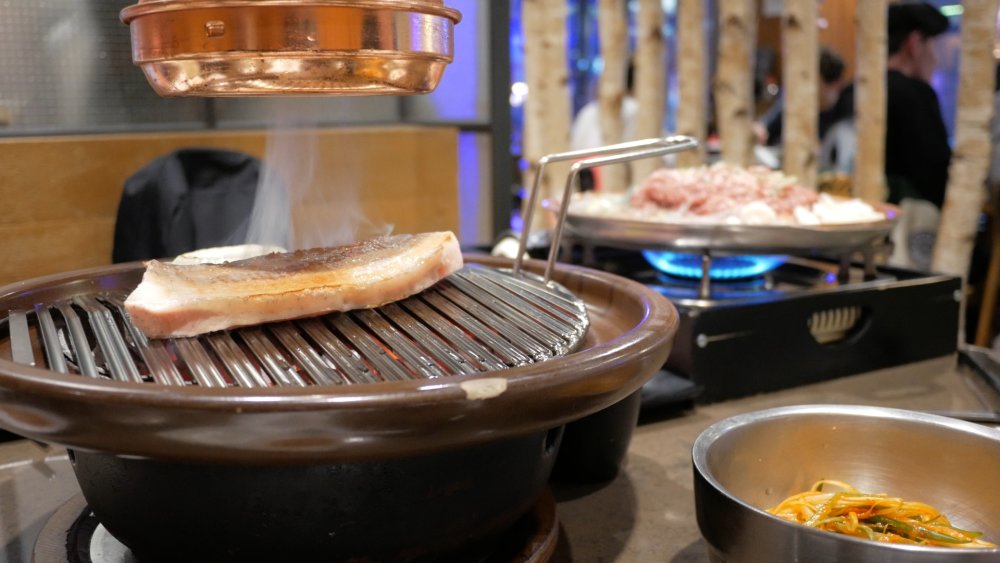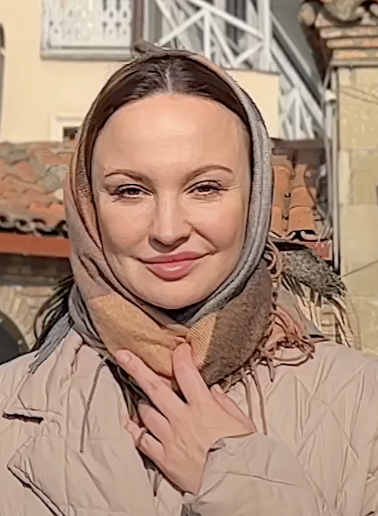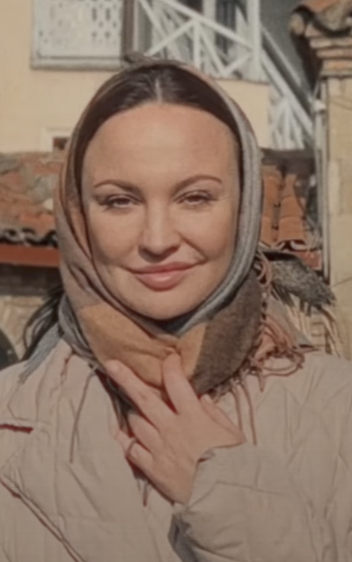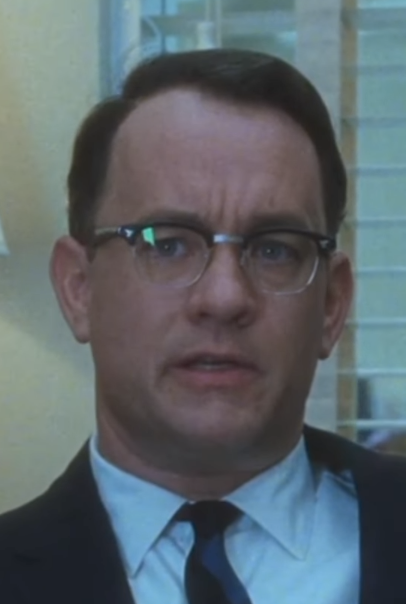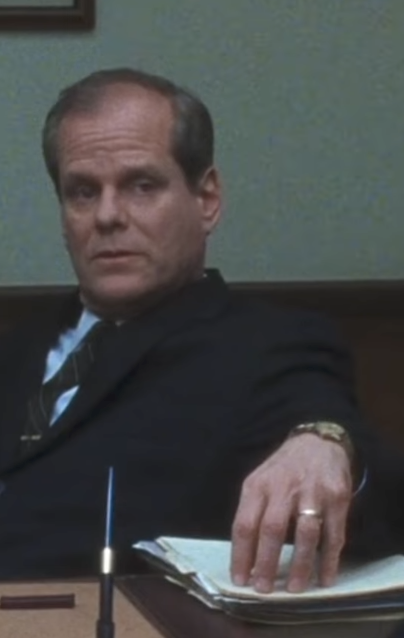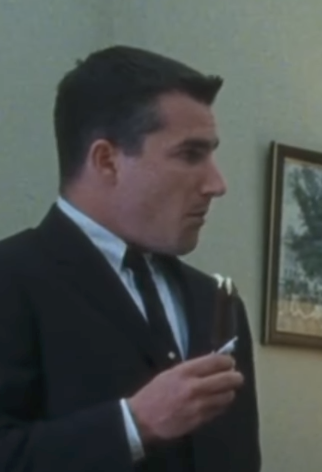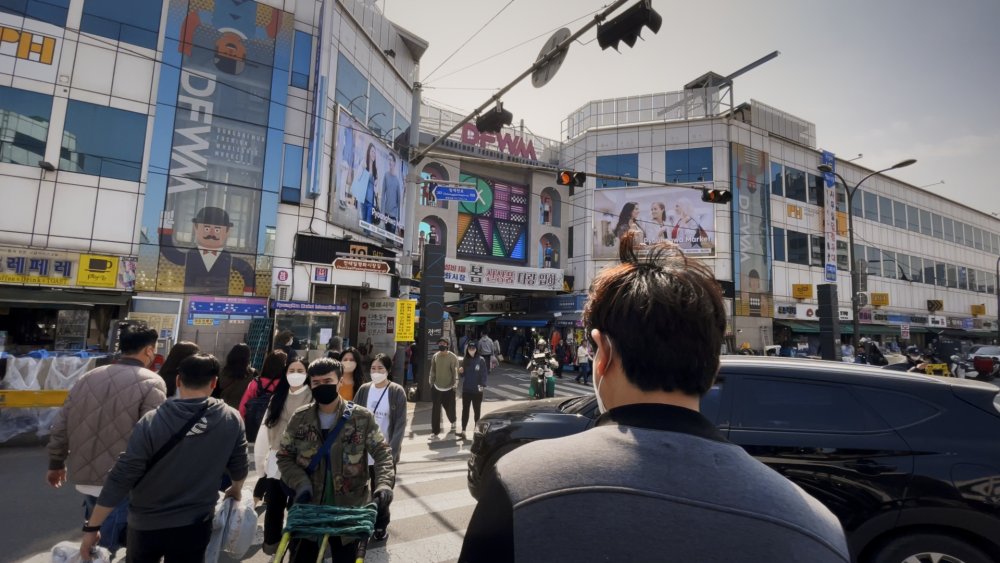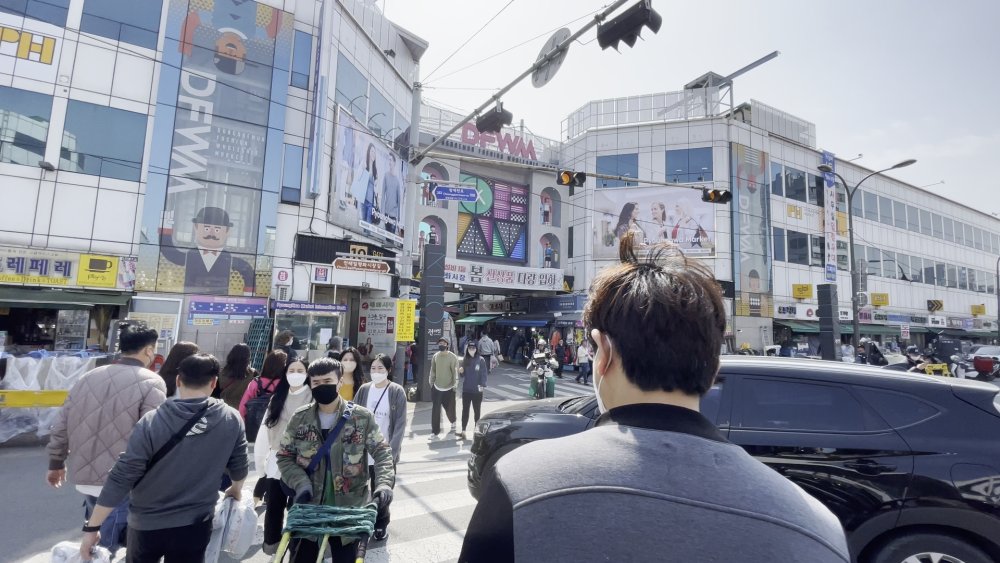Leaderboard
Popular Content
Showing content with the highest reputation on 06/17/2023 in all areas
-

Blackmagic to join L Mount alliance ?
foliovision and 2 others reacted to kye for a topic
I guess if I look at it from the perspective of BM then perhaps it makes slightly more sense. BM has made cameras with S16 and MFT sensors and they used the MFT mount, and they made cameras with S35 sensors and used the EF mount. Assuming they then wanted to make a FF camera, what mount would they choose? EF mount They have used it before, and their users already have lenses that use it, but the crop factor would change between the S35 and FF sensors, and the EF mount has pretty much been abandoned by Canon, so maybe BM want something that's still in active support RF mount Canon have been quite restrictive with third-party use of the mount, so maybe Canon is blocking BM from licensing it, or maybe it's prohibitively expensive, or maybe the flange distance is too little for things like internal NDs PL mount Seems like a logical choice with lots of existing lenses and support from other manufacturers, but maybe it's a step too far for their existing customer base, or maybe they want AF support (does PL support AF?) Nikon mounts Not a lot of cine lenses for Nikon I wouldn't have thought, focus direction is the other way to EF lenses, which might be troublesome to their existing customers Fujifilm X-mount No AF lenses available that cover FF and only 5 third-party lenses that do (on B&H) MFT mount Wouldn't cover FF sensor Sony A logical choice, but like Canon RF, Sony might not want to help BM compete with their cine-cameras so might be charging a lot for the license or might be refusing outright From this perspective I think L-mount makes more sense, and sort-of aligns with their previous use of MFT and EF mounts, which were both "semi-open" systems with lots of existing glass from original and third-parties.3 points -
For track and field, if you shoot laterally by either tracking eg. gimbal moving in parallel or from a fix point by panning the sense of speed will be very different depending of frame rate and shutter speed. 24fps 1/50 will look like they go much quicker than 60fps 1/120 or look even slower at 60fps 1/500. Even when taking photo only panning laterally you would always want to have some slow shutter speed so 60fps 1/120 will yield good pictures. Now if they run towards you and your camera is not really moving eg. tripod or handheld, it will not matter that much if is 24fps 1/50 or 60fps 1/500 in term of sense of speed. But for photo grabbing 1/250 or above would be required. So instead of sticking with the 180 rule I change the shutter speed based on the position and movements and again if the prio is photo or video or both. Some examples of my video grabs: Slow shutter 180 rule The below one works as the camera is moving (tracking bike) at the same speed as the athlete, if the camera would be fixed it would be impossible to get a picture out High shutter speed 1/500 and above For me 4k would be too low as I crop quite a bit and also take vertical photos out of horizontal video. If you would do it a lot to take pictures out a 6k or above would be better in my opinion.3 points
-
Exactly the opposite you want for sport.... shallow DoF is key as most of the background is quite distracting.... you would probably not see any pro sport shooter with m4/3... A couple of examples from today, 8k RAW 60fps 300 2.8 1/2000, imagine these at 150 5.6 they would not pop..... At the end if you want large DoF and portable why not use a phone? But if you want photo and video that pop a R8 or similar + EF adapte + used EF 70-200 2.8 Btw the new helmet AF of the new R5c firmware is really good, not perfect but really good.2 points
-
A 6k 50/60 m4/3 set up could be quite interesting for this kind of thing…2 points
-
So, some photography with my beloved GX85 and the beautiful Zeiss Tevidon 25mm 1.4. It was pretty tricky doing pictures during this beautiful street fest. Small EVF, heat, loud but cool music, MF with very small focus throw, 200.000 people, dancing all over the place and the overwhelming presence of all auto smartphone computers.:) But the pleasure was all mine that day!:)2 points
-
BRAW codec is already open standard. Open Standard and Free to Download Cross platform and license free! Why ? I have no idea, you have to ask Blackmagic how their business works 🙂 L mount 20mm Flange focal distance is not a lot but if you don't have to put a shutter there, and have a bigger camera body then maybe it would be enough to squeeze an ND filter. Sony proved already that it is possible. This is one of the ways for Blackmagic to differentiate from hybrid cameras. They already did it in a simplistic way in BMPCC 6K Pro. A more compact and sophisticated ND filter solution is maybe not out of reach for them. Tracking auto focus and IBIS, no, this would be Panasonic territory and too expensive for Blackmagic to achieve.1 point
-

Blackmagic to join L Mount alliance ?
foliovision reacted to MrSMW for a topic
That place has to be the most shit rumor site to have ever existed. It’s utter trash 😬 Because it might be the only viable full-frame mount available to them? I’m quite intrigued by BRaw and as an existing L Mount user…1 point -
Blackmagic to join L Mount alliance ?
foliovision reacted to newfoundmass for a topic
Out of all the mirrorless mounts it makes the most sense that they'd go with the L-mount due to its open nature. There aren't really many alternatives.1 point -
There is a huge difference between the RAW and video from my GF3, I would guess other models are likely the same. I don't take stills anymore, except timelapses and for that I shoot jpg for ease of editing in post. Before I went to video, I shot a few trips with the GF3 in RAW and was really happy with the images.1 point
-
It’s something I have played with before using 4k 50p and have had mixed results and as above, it’s been the shutter speeds that have been the biggest variable, especially if using the 180 degree rule. The other thing that I found was that 4k was borderline OK and of course 6k or 8k would be better (stills resolution/detail/ability to crop etc). One of my next projects (when I have some time) is to shoot some typical scenarios at 4k 60p and 6k 30p (my two current settings) and pull some stills. The 6k is going to be the trickier one with a shutter speed of only 1/50th (shooting NTSC in a PAL region) but I will try some 1/100, 1/200, 1/400, 1/800 etc to see just how much the video blur is compromised. I used to shoot 4k 50p with VND and just crank the shutter into the thousands and thought the result was fine, but then all my productions shot that way were at 50% slo mo. Ultimately, my personal interest as a hybrid wedding shooter is could I go to just shooting video and pulling stills for the entire event? With 4k no. Well I could, but would not as the stills would be too compromised. With 8k I think yes and that was my interest in the Z9. However, I think with Lumix, they may just go 6k 100/120p full frame zero crop with the next gen S1 and that for me could be a sweet spot. Internal ND would then be the icing on the cake 🎂1 point
-
It should be pointed out that it is not mandatory to have a short shutter speed for photos. Let's review two examples. The first is this guy, who is obviously playing at an extreme level here, with huge energy and drive: It is an incredible photo, there's no doubt. But does it convey the sense that he's pushing himself to the limit? The more I look at it the more it looks like it could be a still life, maybe he was on wires and it's a setup. In a sense, it implies motion but doesn't actually express any. Contrast that feeling to this image: There is no denying this. Not only is it a great photo, and not only does it show that world-class people are pushing themselves to the limit (the three guys on the right definitely are!) but it shows the results of that effort. Now scroll back up to the first image - what is the energy level of the first image now? I would suggest that the obsession with short shutter speeds is part of the same obsession with getting "sharp" images, which is driving lenses to be clinical, sensors to be enormous, megapixels to be endless, computers to be behemoths, and images to be soul-less. To be a bit practical, there are likely limits to how much blur you want in a scene, and it's relative to the amount of motion involved, which often varies quite significantly, even from moment to moment in a lot of sports. Some more examples of varying amounts of blur.. This one is a great image, but if it was important who the defender was then it's too blurry. If not, then maybe not.. Sometimes it's not important to get anything completely sharp.. images without feeling are of limited value, and I find that motion is full of feeling. Here's one that is full of emotion (especially if you knew the subjects): Also worth mentioning is that you don't always have to have the subject still and the background blurred, it can be the other way around, but it changes the subject of the image somewhat. and with video you're taking lots and lots of photos so the creativity is endless... Remember - don't let the technical aspects blind you to the point of capturing things in the first place.1 point
-
There's a bit of post-processing involved in this video too but I do agree it does look great and miles better of other examples posted in this thread. There's a difference between a DP and a person who likes tech and pretty images.1 point
-
My two cents. (five cents for the jar box for phrase dropping:) I don´t see anything impressive image wise. OG post from 0.57 to 1.02 looks gruesome, other shots still just fine compared to well shot 8bit 709 HD on Lumix and other old hybrid cameras. Above example shows very nice locations and light and sufficient framing and shot design, though not far off from being generic imho. So, well done by the creator. Nothing less but nothing more neither. This is the so called film look without a costly plugin. It was shot on an almost 7 years old pocket camera, a Lumix LX15 in Rec709. To my eyes this is very beautiful and a nice achievement for out of your pocket cinema verité:1 point
-

iPhone * Dehancer
Juank reacted to Benjamin Hilton for a topic
Honesty stuff like this makes me wish Apple would take their phone processing and put it into a super 35 sensor one of these days...Can you imagine if we had modern smart phone processing in a quality Sony chip?1 point -
Interesting comparison. For anyone not aware, it's worth noting that since the iPhone 12, they quietly upgraded to doing auto-HDR and the h265 files are also 10-bit, as well with the prores files being 10-bit of course. It is interesting how little they promoted this - I have an iPhone 12 mini and didn't even know about it for the first year of owning it! This is what really unlocked the iPhone for me - I have used iPhones since the 8 for video but prior to the HDR / 10-bit update it really wasn't a competitor to anything other than cheap camcorders, as it lacked the DR to record without over-contrast or clipped highlights and bit-depth to really be able to manipulate it sufficiently in post to remove the Apple colour science and curve.1 point
-
1 point
-
One of the (potentially numerous) differences when swapping from 4K to 6K (on a 4K timeline) is that the downsampling goes from being before the compression to afterwards. Compression is one of the significant contributors to the digital look IMHO (just compare RAW vs compressed images side by side), and if you can downsample from 6K to 4K in post then you're downsampling and also interpolating (blurring) the compression artefacts that happen on edges. I would favour a workflow where the image is debayered, downscaled, then recorded to SD with very low or even no compression. It would effectively have the benefits of downsampling and the benefits of RAW, but without the huge file sizes of RAW at the native resolution of the sensor. Of course, no-one else thinks this is a good idea, so....1 point
-
Lots of them are, but as you brought it up, here are my impressions on the above: It's still far too sharp to be convincing - I noticed this in the first few seconds of the video - TBH my first impression was "is this the before or after footage?".. of course, once you see the before footage then it's obvious, but it didn't immediately look like film either The motion is still choppy with very short shutter speeds - this would require an VND which isn't so easy to attach to your phone I think that people have some sort of hangup about resolution these days and as such don't blur things enough. For example, here are three closeups from the above video. The original footage from the iPhone: Their processed version: A couple of examples from Catch Me If You Can, which was their reference film: As you can see, their processed version is far better, but they didn't go far enough. I've developed my own power grade to "de-awesome" the footage from my iPhone 12 Mini and detailed that process here, but here's a few example frames: I'm not trying to emulate film, I'm just trying to make it match my GX85. Here are a couple of GX85 shots SOOC/ungraded for comparison: I haven't got the footage handy for the above shots, but here are a few before/afters on the iPhone from my latest project from South Korea. iPhone SOOC: iPhone Graded: iPhone SOOC: iPhone Graded: iPhone SOOC: iPhone Graded: I'm happy with the results - they're somewhere in between the native iPhone look (which I've named "MAXIMUM AWESOME BRO BANGER FOR THE 'GRAM") and a vintage cinema look. My goal was to make the camera neutral and disappear so that you don't think about it - neither great nor terrible. Going back to Dehancer / Filmbox / Filmconvert / etc.. these are great plugins actually and I would recommend them to people if they want the look. I didn't go with them because I wanted to build the skills myself, so essentially I'm doing it the hard way lol. The only thing I'd really recommend is for people to actually look at real film in detail, rather than just playing with the knobs until it looks kind of what they think that film might have looked like the last time they looked which wasn't recently... I keep banging on about it because it's obvious people have forgotten what it really looks like, or never knew in the first place. And while they're actually looking at real examples of film, they should look at real examples of digital from Hollywood too - even those are far less sharp than people think. The "cinematic" videos on YT are all so much sharper than anything being screened in cinemas that it's practically a joke, except the YT people aren't in on it.1 point

